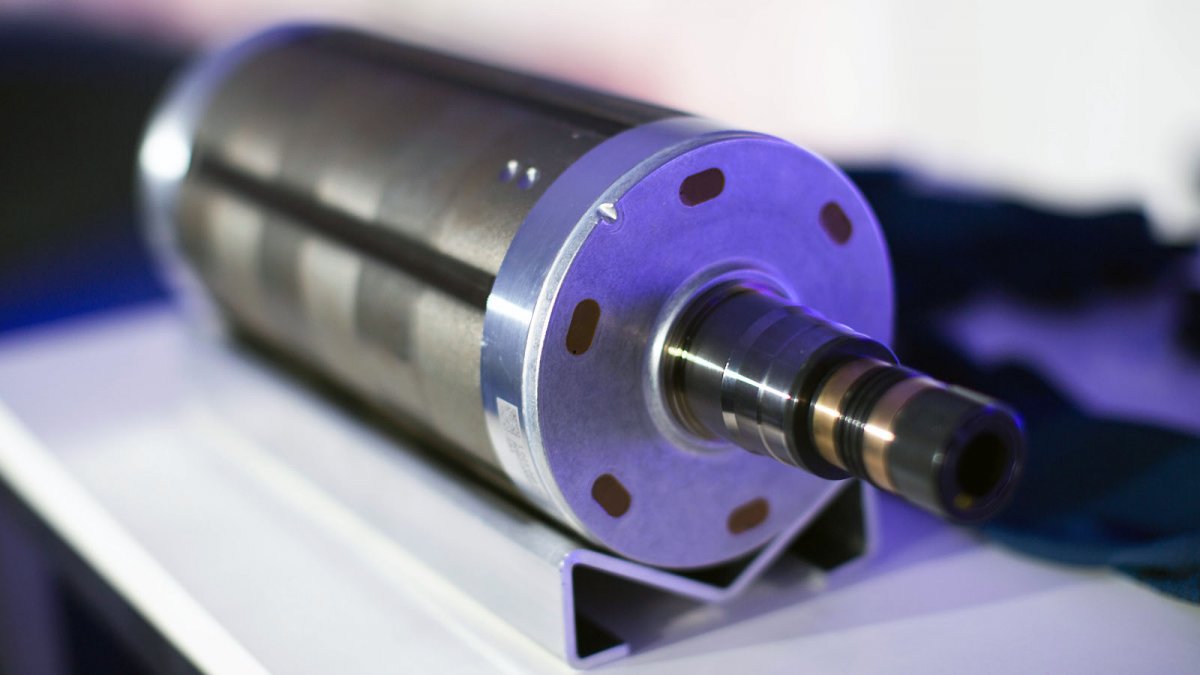BMW’s iX3 introduces the fifth generation of the company’s electric motors. These externally excited synchronous motors (FSM), also known as “current-excited synchronous motors” (SSM), use electromagnets and are supplied with current via slip rings. The goal of this new design is to reduce the dependency on neodymium-iron-boron, which increased in price during 2010/2011, while also delivering high dynamics combined with customer range. The iX3 motor uses three-phase current, and the resulting dynamic magnetic field turns the rotor. The current control of the BMW engine allows the rotor to be magnetized either in terms of efficiency or performance. This results in efficiency advantages for SSM, especially when driving on country roads or highways. The versatile design also allows for the rotor’s field winding to be switched off, which helps with dynamically switched all-wheel drives as well as with towing the vehicle on the axle. The powers of the BMW’s iX3 result from the scaling of the active parts and its interaction with battery power, converter, and software. Based on two stator diameter variants (170 and 220mm), there are currently five power classes with a range from 140 to 360 kW. The advantage of the BMW’s iX3 is the high level of integration, with components such as the electric motor, transmission, and power electronics combined in a compact manner. This reduces flange surfaces, integrates the media routing of power, data, and liquids while simplifying assembly. Functional reliability is also increased as the BMW iX3 engine avoids the use of permanent magnets, which can be dangerous in the case of a sudden failure on the freeway.



